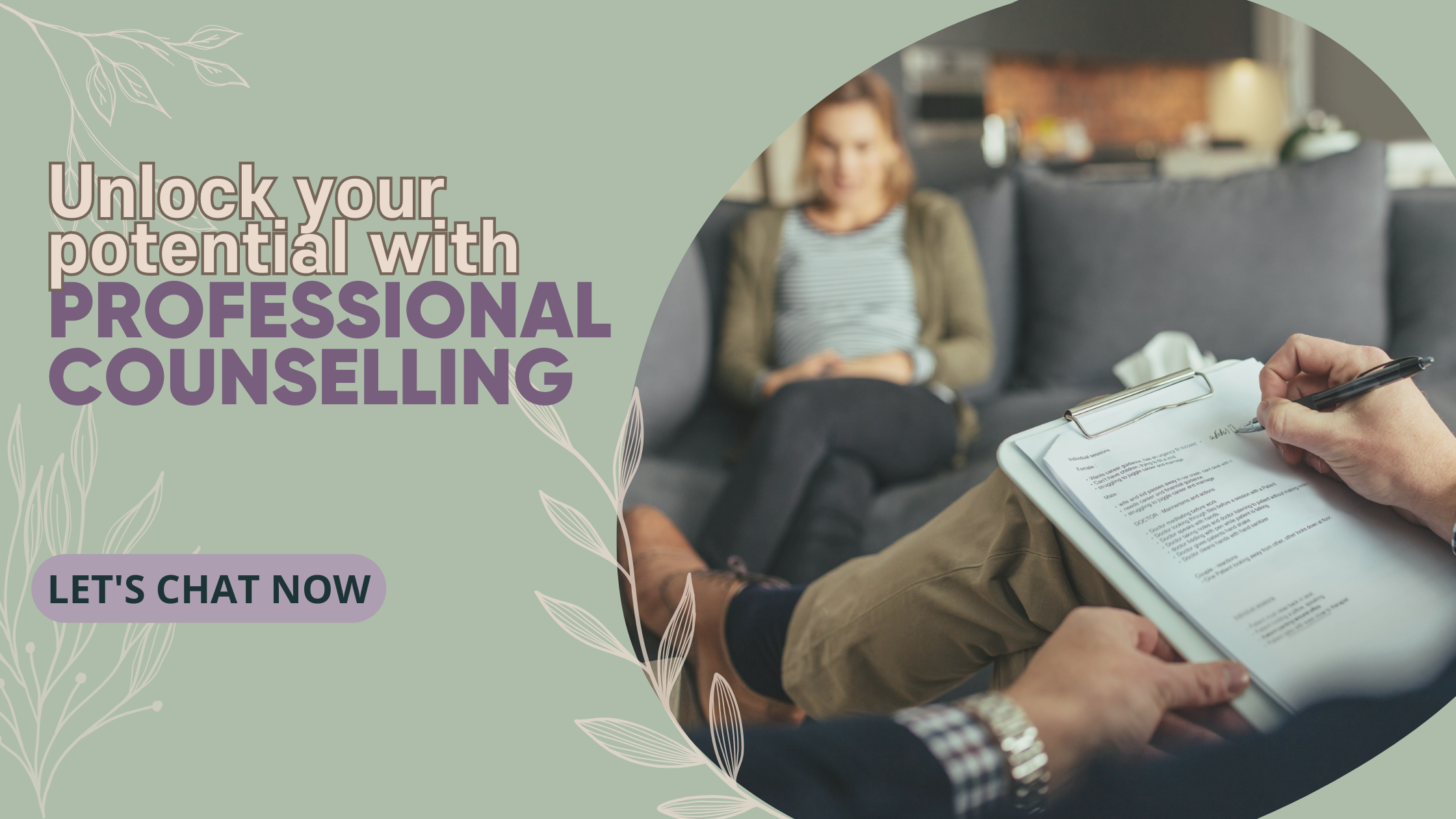
Most of us want to be liked by other people. It feels great to know that others think good of us. However, when we believe that being liked depends on how much stuff we do for other people and how helpful we are, that’s when the problems arise. People-pleasers know this issue too well – the inability to say no.
Helping others can be fulfilling, but if you do it at the expense of yourself, out of fear or anxiety, it becomes an unhealthy pattern of behavior that can suck all your energy and negatively impact your relationships. You spend so much time on what you think you need to do that there is almost zero time left for what you want to do. In the end, you feel exhausted, stressed, overwhelmed, and even resentful.
But it doesn’t have to be like that. Learning how to say no and not feel awful after is possible. Knowing how to set boundaries is one of the most important things in sustaining healthy relationships with others and yourself.
Why Saying NO Is So Difficult?
Early relationships can additionally influence “people-pleasing” patterns of behavior in adulthood. In general, as children, we learn that saying no is inappropriate and rude. If you said no to your parents’, cousins’, or teachers’ requests, you’ve probably been told off for it. Over time, you associated saying yes to requests with getting approval and saying no with criticism.
You may have been raised to be a sweetheart who always took care of other children, especially if you were the oldest child in the family. An influence like this can lead to the formation of beliefs such as: “I am only lovable if I’m accommodating and helpful”. Or maybe you come from a family where emotional support was conditional and inconsistent. Thus, in the attempt to secure love from important adults, it’s possible you developed the underlying belief: “If I don’t do everything to make others happy, they might leave or stop caring for me”. Inability to say no can also stem from early experiences with highly-critical parents who severely punished their children, even for small mistakes. Such experiences can lead to beliefs such as: “If I don’t do everything right, I will disappoint others or be punished”.
 Whatever the case is, your self-worth may have come to depend on things you do for others. This is a tricky thing because it forms a vicious circle with no satisfying solution. On the one hand, being unable to say NO can make you stressed, exhausted, and resentful toward others. On the other hand, saying NO might be a threat to your self-image and result in you questioning your decision, feeling bad about yourself, or worrying others will get hurt, angry, or disappointed at you. Either way, with this kind of pattern, you can’t win.
Whatever the case is, your self-worth may have come to depend on things you do for others. This is a tricky thing because it forms a vicious circle with no satisfying solution. On the one hand, being unable to say NO can make you stressed, exhausted, and resentful toward others. On the other hand, saying NO might be a threat to your self-image and result in you questioning your decision, feeling bad about yourself, or worrying others will get hurt, angry, or disappointed at you. Either way, with this kind of pattern, you can’t win.
But there is a way to win, and that is – change the pattern. Here are some steps you can take to help you say no effectively and create space for a more intentional yes.
Step 1: Get To Know Your Priorities
If you don’t know what you want, it’s a high chance you don’t know what you don’t want. Identify what is important to you, and acknowledge what is not. We all have limited energy and time; decide where you want to direct those, and where you don’t. Before you say no, you have to be clear that you want to say no.
There are, of course, things that need to be done, even if we don’t like it, like finishing that important but boring report at work. But there are also things that you are not obliged to do, like spending another two hours at work helping your colleague finish their task while you want to spend that time at the movies with your significant other.
You can’t be all things to all people. Choose what and who the priority is, and invest your limited time and energy there. The rest gets your resources only in case you decide it’s worth it.
Step 2: Know What Saying NO Is And Is Not
- Saying NO means you’re rejecting a request, not the person. Make clear to yourself (and to the other person) that you’re not rejecting them as a whole person; you’re just turning down their invitation. People will usually understand that it is your right to say no, just as it is their right to ask for a favor, and that your no doesn’t mean “I don’t like you” but simply: “Sorry, my plate is full/my priorities are elsewhere”.
- Saying NO doesn’t mean you’re a bad person. Just because you say no to sacrificing your time and comfort to accommodate others doesn’t mean you’re unlikable, rude, or selfish. It means you’re thinking long term and saying no is a preventative act against self-loathing and resentment in the future.

- Saying NO is not a missed opportunity but a trade-off. Some people hate to say no because they feel like they’re missing out on the opportunity. However, saying yes to something unimportant often means saying no to something important. So, instead of looking at NO as a missed opportunity, you can see it as a trade-off. You’re choosing the opportunity to do something you value more than the request. It seems like a fair deal.
- Your NO might be much less threatening than it seems to you. Research from Columbia University found that, very often, people whom others see as appropriately assertive mistakenly thought others judged them as being over-assertive. This effect is called the line-crossing illusion. So, if you feel you might be confrontational, there is a high chance the other party doesn’t see you that way.
- Saying NO is a form of self-care and self-respect. You can’t pour from an empty cup. Take care of yourself first if you want to have the energy to help others.
Step 3: Learn To Tolerate The Reactions Of Others
The reality is, with some people, setting boundaries will unleash some unpleasant emotions and reactions. There is a possibility they get angry or disappointed, especially if they’re used to you being always available and accommodating. Some might even try to cross your boundaries and continue to push to change your NO into YES. However, when you know this, you can be prepared to work to firmly maintain the boundaries that you have set.
Remember that you’re an individual to yourself and that everyone is responsible for their reactions. Sometimes, deep down, negative responses and unpleasant emotions of others are simply not about you. But even if they are, don’t overgeneralize and jump to conclusions too fast. If someone is disappointed or angry, it doesn’t automatically mean they will ditch you out of their life or think you’re an awful person. It means they are disappointed or angry in that particular situation.
If someone keeps crossing your boundaries even when you communicate with them clearly and gets upset because you’re not ready to sacrifice your happiness for their comfort, it may be a good idea to ask yourself is it the kind of relationship you want to nurture in the long run. In the end, you want to surround yourself with people who respect you for who you are, not only for what you do for them.
Step 4: Learn Some Practical Skills For Saying NO
Here are some tangible tips for practicing saying a polite but effective no.
✔️ Express your appreciation. More often than not, when people make a request, it’s because they trust your capabilities or they like your presence. Thus, even though you’ll refuse the invitation/request, thank them for approaching you.
✔️ Be kind but firm. Being polite doesn’t need to lead to a YES. Simply expressing your NO with a kind tone can help the other person (and you) feel better about the situation. However, some people don’t give up easily and will test your persistence. In this case, it’s important to know that nobody can “make” you change your answer with their repeated requests; the decision is completely yours. It’s your job to set boundaries. You can be as decisive as they are pushy. This is a good opportunity to practice your assertiveness.
✔️ Give some reason if you want but don’t over-apologize. Some people find it easier to say no if they give a reason for it, and that is okay. If you feel more comfortable saying: “I’m sorry, I have something else in my schedule already” instead of: “Sorry, I can’t”, that is completely fine. Just don’t lie about it and don’t make up excuses, because that will make you feel even guiltier and possibly complicate your life further. It’s important to know that you don’t need a good excuse to say no – having your priorities elsewhere is enough. Remember, you’re not asking for anyone’s permission to say no – you already have the right to it.
 ✔️ You can take time to think about it. Sometimes we just babble out YES and commit to something we don’t want to because we feel pressured to answer right away. It’s okay to take some time to think about it. That way, we allow ourselves to answer from a logical and realistic point of view instead of out of anxiety and desire to please. If you’re not sure about the request, tell the other person you’ll get back to them when you think about it. Just make sure you do it promptly.
✔️ You can take time to think about it. Sometimes we just babble out YES and commit to something we don’t want to because we feel pressured to answer right away. It’s okay to take some time to think about it. That way, we allow ourselves to answer from a logical and realistic point of view instead of out of anxiety and desire to please. If you’re not sure about the request, tell the other person you’ll get back to them when you think about it. Just make sure you do it promptly.
Saying no is a new thing for many of us, and therefore takes practice and courage. But with time, it becomes easier and brings amazing benefits. You are unique, important, and valuable even when you say no to being everything to everyone and take time for yourself. Don’t be afraid to practice it.
What are your experiences with saying no? Share it with us in the comments below! And also, share this post on social media; some people-pleasers you know might be thankful.
Sources:
Smith, M. J. (1975). When I say no, I feel guilty: how to cope–using the skills of systematic assertive therapy. Bantam.
Pagoto, S. (2012). Are You a People Pleaser? Psychology Today. Online HERE.

